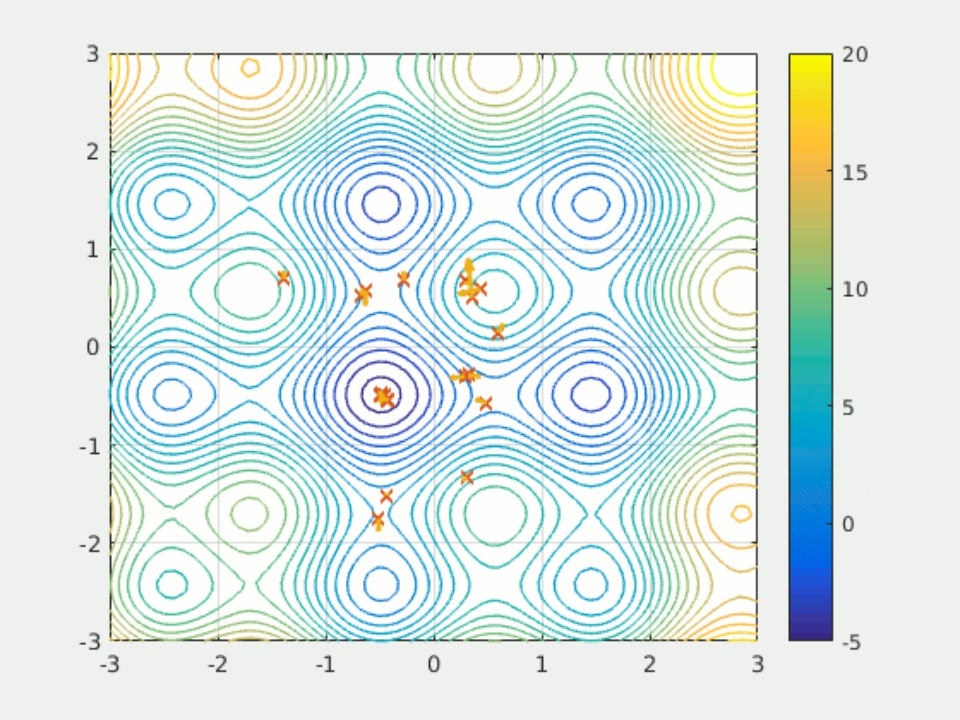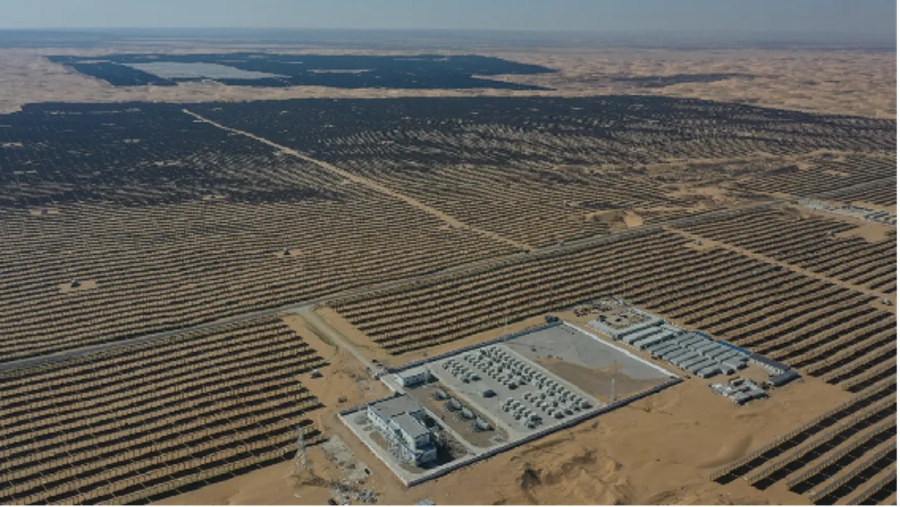New grid forming strategy for solar batteries

Researchers from Chinese grid operator State Grid Handan Electric Power Supply have outlined a new grid-forming control scheme for photovoltaic storage systems that is intended to overcome the typical issues of conventional control strategies such as power overshoot and prolonged response times.
The new strategy uses particle swarm optimization (PSO), which is a social model that mimics the real rules of the bird flock’s foraging and is often used in heuristics and metaheuristics, to determine the steady-state inertia coefficient for grid-forming control within storage systems.
The scientists proposed an enhanced version of the PSO algorithm with elimination and replacement features. They optimized, in particular, the algorithm’s evolutionary step size in response to virtual synchronous generators (VSG) disturbances through an adaptation of the inertia factor and a boundary transition strategy.
“This study utilizes the PSO algorithm which evolves step sizes that are larger in the initial phase and progressively decrease as iterations proceed,” they explained, noting that the inertia factor should not be too small in the early stages and not too large later on. “The evolution speed can be increased in the early stages while maintaining the convergence effects in the later stages.”
The algorithm is said to control the size of the inertia factor from the number of iterations and the relevant particle distance values during the iterative process. It can also reportedly set upper and lower thresholds to prevent calculation failures caused by an inertia factor that is too large or too small.
Validation
The algorithm was validated in a simulation conducted via the Matlab/Simulink software. They assume the algorithm to be applied on a five-port PV microgrid system equipped with a battery, a voltage and frequency regulation unit, a constant power output unit, and a load end. The battery is considered as a voltage-type DC voltage source after being converted through a converter and gathered to the DC bus.
In the simulation, the group took into account three different scenarios: sudden load increase; sudden load decrease; and load fluctuation. The performance of the proposed enhanced PSO algorithm was compared to that of a conventional PSO algorithm and it was found that the former exhibits “faster convergence speed and better convergence performance.” It also showed reduced frequency fluctuations and response times, as well as improved power overshoot and lower labor demand.
The academics presented their findings in the paper “Adaptive grid-forming strategy for a photovoltaic storage system based on edge transfer PSO algorithm,” published in Energy Reports. They said their new strategy has significant potential for engineering applications.











